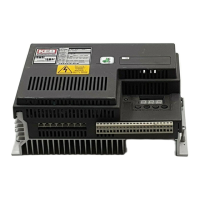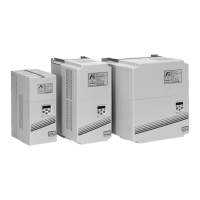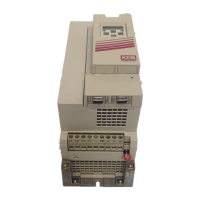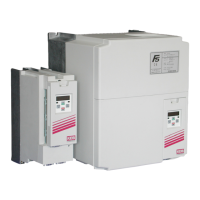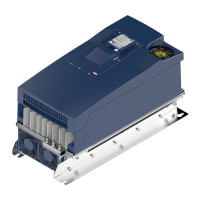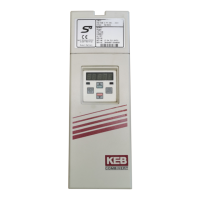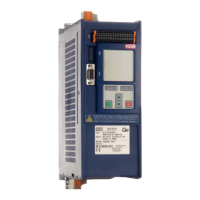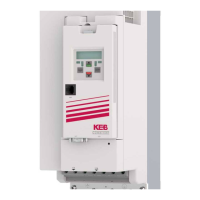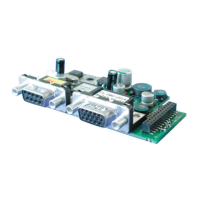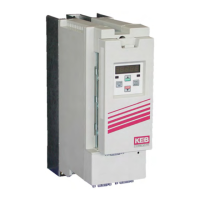5.1.4 Requirements on the coolant
The requirements on the coolant are depending on the ambient conditions, as well as
from the used cooling system. General requirements on the coolant:
Requirements Description
Suspended particles
The size and the proportion of suspended particles in the cooling water should
not exceed the following values:
<100μm<10mgperliter.
pH-value
Aluminum is particularly corroded by lixiviums and salts. The optimal pH value for
aluminum should be in the range of 7,5… 8.0.
Abrasive substances
Abrasive substances as used in abrasive (quartz sand), clogging the cooling
circuit.
Copper cuttings
Copper cuttings can attach the aluminum and this leads to a galvanic corrosion.
Copper should not be used together with aluminum due to electro-chemical volt-
age difference.
Hard water
The cooling water may not cause scale deposits or loose excretions. The total
hardness should be between 7...20 °dH, the carbon hardness at 3...10 °dH.
Soft water Soft water (< 7 °dH) corrodes the material.
Frost protection
An appropriate antifreeze must be used for applications when the heat sink or the
coolant is exposed temperatures below zero. Use only products of one manufac-
turer for a better compatibility with other additives.We recommend the antifreeze
AntifrogenN from the company Clariant with a maximum volume fraction of 52 %.
Corrosion protection
Additives can be used as corrosion protection. In combination with frost protection
the corrosion protection must have a concentration of 20…25 Vol %, in order to
avoid a change of the additives.
Table 16: Requirements on the coolant
56
OPERATION OF LIQUID-COOLED DEVICES
